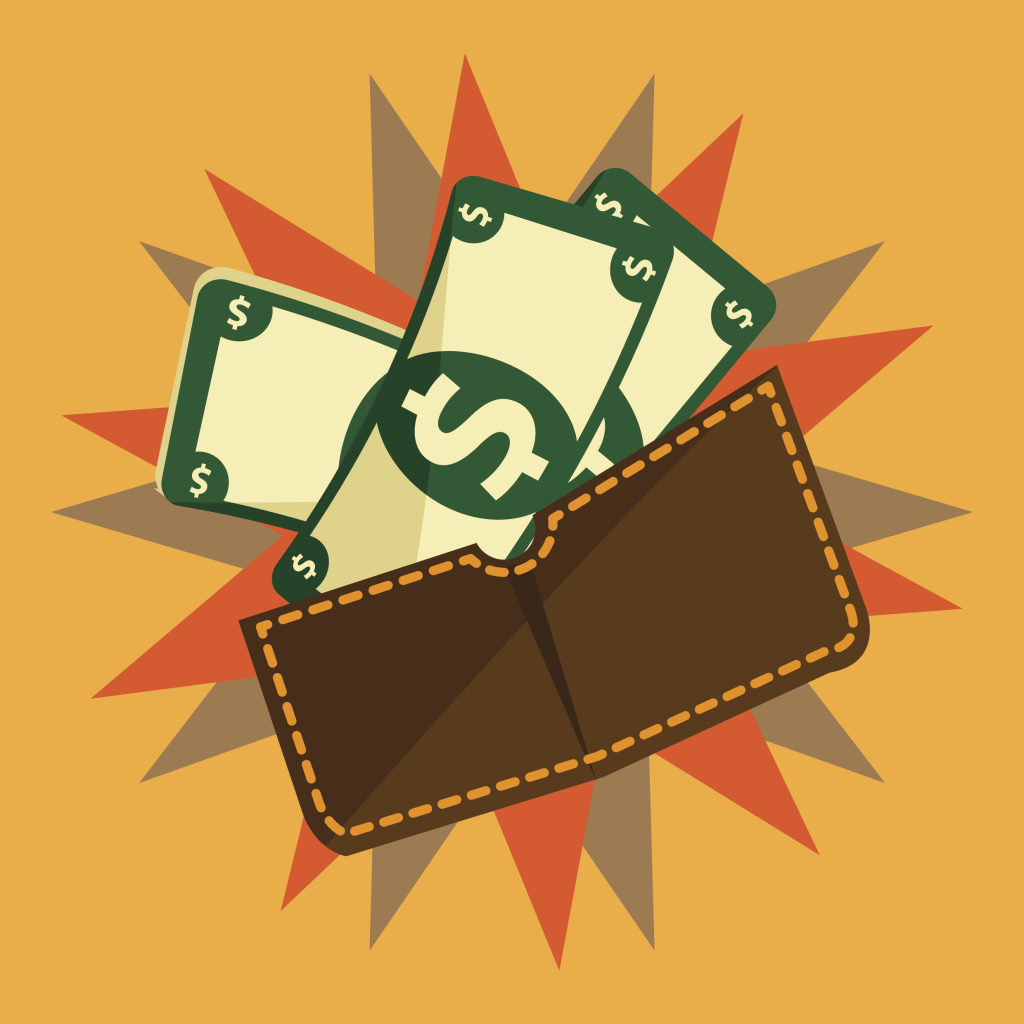How Coins Are Made
The First Coins
History has proven that coins started to be used in Lydia (now Turkey), and China around 2700 years ago.
The use of coins started to replace bartering items, such as tusks, food items, animals, animal skins, etc.
When Marco Polo visited the Far East, the Emperor of China was “minting” coins of various denominations.
When precious metals were being trading between foreign countries and shipped from the colonies, European countries began to mint coins.
The Die
The ancient minting process involved making a “die”. This is a kind of mold that was usually rock with an indent in it to make identical copies.
A small piece of softer metal, such as gold, silver or copper, would be placed in the indentation in the rock and be struck with a rock or a hammer.
What was produced was a round disc of the metal. If the discs did not have any inscriptions, they became known as “blanks”.
The only difference in the blanks related to the different metals used, and each kind of metal had a specific value.
Before 1700, round discs of metal and a screw press were used. For the first time in history, the screw press allowed both sides of the disc to be inscribed at the same time.
The metal disc was the die and could have a picture or a letter inscribed on it. The same could be done with the face of the screw so that both sides of the coin could have something imprinted on it.
Modern coins are minted in much the same way, except a hydraulic press is used and the “blanks’ are fed into the machine automatically.
Advances in Coin Making
During the Industrial Revolution beginning in the 1700s, there were all kinds of advances in machinery and ways to power the machines: steam power and then electric power.
However, the minting process followed the same steps. Modern methods add other steps, such as removing impurities and adding other metals to the gold, silver, and copper to make alloys.
For example, some coins contain 75% copper and 25% nickel. This is done to save on the use of precious metals.
Basic Steps in Coinage
- Mining the ore – mines have to be found that contain the precious metal: gold, silver, or copper in the raw ore
- Refining the ore – the precious metal is found within the pieces of ore. The ore is heated and the precious metal flows out of it because it melts before the rock does.
- Casting the melted metal – the liquid metal is poured into a shallow form and when cooled it is called an ingot.
- Rolling the ingot – the ingot is hammered flat or rolled flat into sheets.
- Making blanks – the metal sheet is passed through rollers that punch out discs all the same size and thickness.
- Upsetting – the blank is passed through a machine that slightly squeezes the discs and makes the disc have a rim. The disc is now called a planchet.
- Stamping – The planchets undergo various cleaning processes. Each planchet is placed in a die of hardened steel and struck with a stamp to imprint a design, an image, or wording (or all three) on it.
Quiz Time!
Name two places where coins were first used.
What was the first kind of die?
What is a blank?
What did a screw press allow to be done to blank coins?
Why is an alloy used in coins instead of pure gold, silver, or copper?
Answers
Coins were first used in Lydia (Turkey) and China.
The first kind of die was a stone with an indentation in it.
A blank is a disc of metal that has no inscription or marking on it.
A screw press allowed a blank to be inscribed on both sides at once.
An alloy is used to lessen the amount of gold, silver or copper used in each coin.








